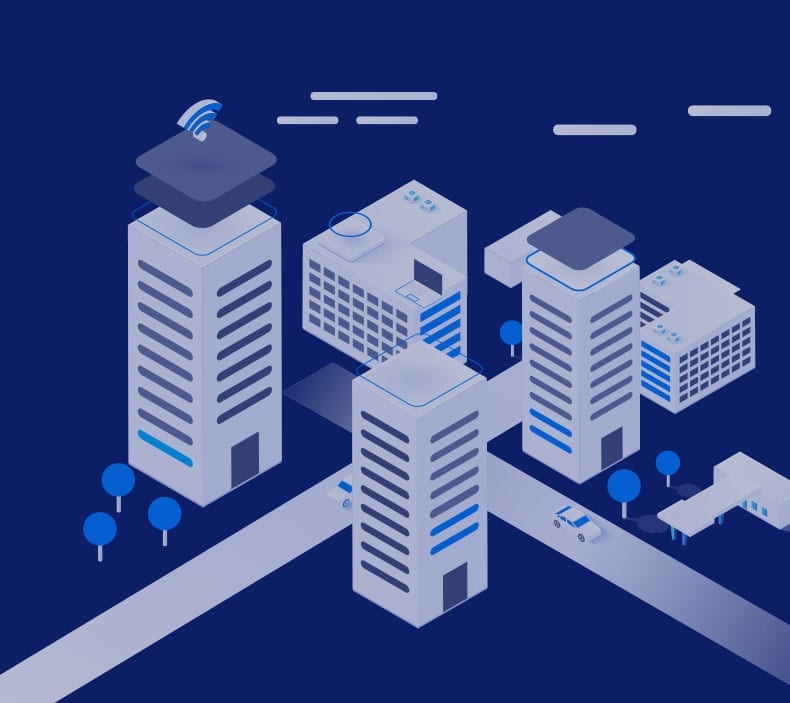Multi-Tenancy on Apache Pulsar: What is it and Why it Matters
Pandio’s managed Apache Pulsar supports multi-tenancy, saving you money and allowing for flexibility and collaboration among your team.
Multi-tenancy with Apache Pulsar deployments refers to authorized namespaces assigned to elastic cluster sets in support of software applications in the cloud data processing. Most IT professionals are experienced in the use of multi-tenant environments on public cloud platforms with virtualization (VMs), Kubernetes, and containers. Apache Pulsar is utilized across enterprise data centers as a component of large scale web/mobile software applications like social networking, e-commerce, and AI-driven autonomous vehicle navigation systems for event processing and message queuing.
The dedicated multi-tenant orchestration operating with Apache Pulsar allows developers to modularly segment and separate the codebase of extensive software applications into many different, identical run-time environments that process data streams independently and are assembled on-demand as unique content for a wide variety of user device displays. This article discusses multi-tenancy on Apache Pulsar and why it matters.
Processing Speeds: High Traffic Web and Mobile Applications
Enterprise companies supporting high traffic web/mobile applications at the scale of LinkedIn, Yahoo!, Verizon, Ali Baba, IBM, etc. initially worked together to create Apache Pulsar as an open-source framework evolving out of the Hadoop ecosystem. Software applications driven by Artificial Intelligence (AI) and Machine Learning (ML) are becoming increasingly common in enterprise data centers, where “Big Data” software applications demand huge data processing requirements on cloud hardware in training models or when operating in deployment.
Social media and e-commerce companies adopt Apache Pulsar to manage the I/O messaging traffic for millions of simultaneous online users. Messaging for millions includes using AI/ML to offer content or product recommendations to their customers based on their unique purchase characteristics and history. Many developers choose Pulsar because of the multi-tenant support in Apache BookKeeper, which integrates with authorized namespaces through virtual network routing protocols.
Benchmark testing of Apache Pulsar consistently shows better rates of I/O throughput with lower latency on data request processing compared to Kafka found in:
- Streaming Requirements
- Queueing Services
- Publish & Subscribe Functions (Pub/Sub)
- Application Programming Interfaces (APIs)
The benchmark results for multi-tenant processing using Apache Pulsar show that it always outperforms in hyperscale production operations compared to Kafka:
- Pulsar: 220k messages per second (compared to 80k for Kafka)
- Pulsar: 5ms latency in I/O data streams (30ms for Kafka)
With Pandio, the AI layer of the service mesh and integration with Apache BookKeeper in multi-tenant processes improves data stream processing speeds in messaging and events across all availability zones & geolocations using Apache Pulsar.
These results will further vary depending on the implementation of the vendor or public / private cloud architecture. Software developers coding high-traffic web / mobile applications for enterprise companies build around Apache Pulsar solutions for many reasons, but first and foremost is the speed in production at hyperscale. Cloud data centers hosting software applications in hyperscale operations have many specific requirements related to the run-time environment, programming languages, databases, and web servers.
DevOps engineers need to configure scalable cluster servers for the apps that spin new hardware into service when user traffic increases, and degrades the elastic capacity during downtimes. When orchestrating cloud software architecture, DevOps techs need to account for equipment in multiple data center geolocations, as well as using different public cloud service providers, i.e., as in a multi-cloud or hybrid cloud approach. The use of various data centers & geolocations is an essential part of providing faster processing to large metropolitan users and guaranteeing continuity of service in operations.
Multi-tenancy with Apache Pulsar includes an optimized layer of the software that processes message queues in data streams at scale for millions of simultaneous users. Apache Pulsar solutions like Pandio include AI-driven load balancing for optimized stream processing that supports the registered and authorized namespaces that can be configured with advanced virtual network routing for secure, encrypted data transmissions within public cloud architecture. Enterprise software developers need to verify both proprietary and open-source code according to audited public cloud standards for banking, finance, industry, and regional legal requirements by guaranteeing the encryption between different endpoint devices and web servers.
Apache Pulsar’s multi-tenancy system is designed to support the needs of Agile software development, where code is compartmentalized, and many processes run in parallel in support of microservices. Apache Pulsar is one of the few open-source frameworks that can process the vast demands of data streaming in AI/ML processing for enterprise applications.
Summary: Apache Pulsar Always Outperforms Kafka
Apache Kafka and Pulsar both provide a set of powerful open-source tools for software developers to build on when constructing “Big Data” applications for corporations or building AI/ML solutions on cloud TPU hardware. Apache Pulsar always outperforms Kafka because of the superior processing of messaging queues, including a service mesh layer that installs across the multi-cloud device in different data centers. Independent developers and startup companies have adopted Apache Pulsar for the same reasons as the enterprise corporations, i.e., the most cutting-edge message queuing system available for web, mobile, and AI/ML-driven software applications with “big data” requirements. The multi-tenancy aspects of Apache Pulsar allow Agile software development teams to securely compartmentalize different parts of a single application or run multiple apps in parallel with secure encryption across the architecture.


